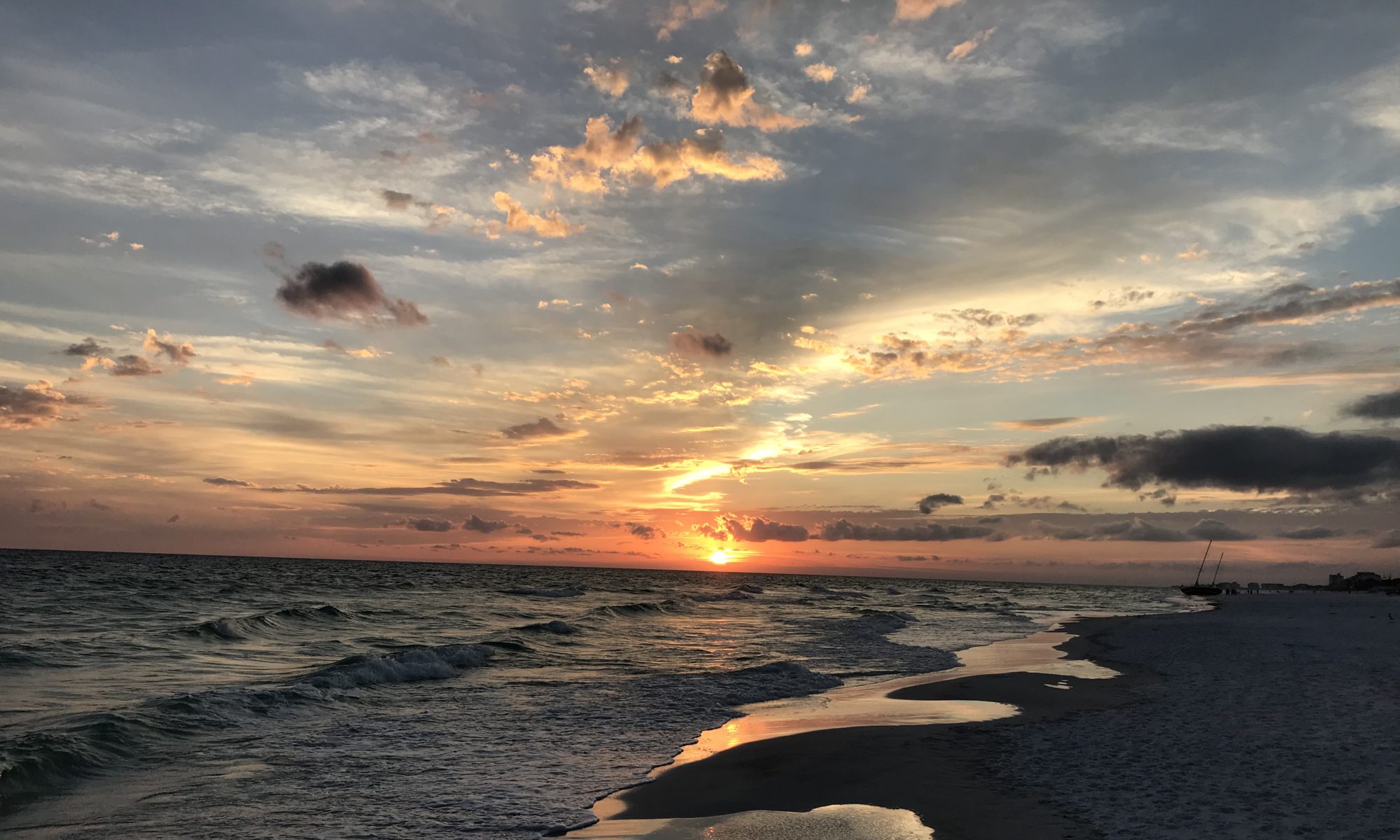This is the second part of two blog updates from our 10 day stay in Beantown.
The North End
This Boston neighborhood was populated by Italians in the late 1800’s and still today Italian is still spoken and they have many fine Italian restaurants throughout that harken back to the older days with white tablecloths and a cash only payment. I love my italian food.

We ate at one of these very nice Italian places for lunch. Some very authentic fare. Antico Forno is billed as “The Most Authentic Italian Restaurant,” and we’re hard pressed to argue. This mainstay in Boston’s North End manages a cozy mom-and-pop atmosphere with world-class traditional cuisine.

I had the Ossobuco di Maiale (pork shank) and Trish had the Saltimbocca di Pollo (similar to chicken marsala). Along with some adult beverages, it was a fine lunch.

We walked through this area and were fascinated by the old world feel. The emigrant Irish settled into South Boston, while Russian Jews lived in the West End. Very ethnically distinct neighborhoods.

Concord, Mass & Minuteman National Park
Concord is the stereotypical New England town. Many large, beautiful Colonial style houses line the shaded streets. All of the older homes (1600-1700’s) are well maintained, so it is obvious there is much wealth in this area.

It also seems that most all the houses are very large. They look like 6-8 bedroom type. We spent a couple of hours just wandering the streets after grabbing some lattes. You just do not see any midwestern brick ranch style houses.
Just down the road is the park that memorializes the Minutemen who were the elite militia to be able to muster in just minutes and defend against Indians or in this case the British as we declared independence.

The Orchard House (Louisa May Alcott home)
We took the tour through this 1660 home of Louisa May Alcott and where she wrote the book, Little Women. She lived in this house from 1858 to 1887 and died in 1887. It is remarkable that a historical society bought the home and all furnishings and made a museum a few years later, keeping everything together.


Pat has read many of her books, while I have seen the movie. From the tour, we learned that much of what she wrote was based on her real life with her parents and 3 sisters. The guided tour was $8 each for seniors.

Lowell, Massachusetts
Lowell, Massachusetts is known as “the cradle of the American Industrial Revolution” since it was the first large scale factory town in the country. There are many very large, 4-5 story red brick buildings that housed the many factories.


This project was known as the Lowell experiment and began the textile industry in the US. The town soon became the major industrial center using the river and falls to power the mills.
By the 1920’s, textile mills began to move to the south. By the 1970’s, all of the once busy buildings had fallen into an idle decay and there were plans to demolish them. In 1978, the city had a plan to save the town by making many of the buildings into an urban National Park.
Boston now vs. 1600’s Geographically
I had no idea that the original Boston was almost an island separated from the mainland by water. Boston was established in 1630 on a small piece of land with just a small strip of land connecting it to the mainland.
In the 1800’s they began the process of filling in the swampy areas to make room for more homes and buildings. Some required extensive pilings to support the structures.
After a fire destroyed much of the city, the rubble was used for more fill. The city today is much larger. Perhaps too large for the small area? At least based on our commutes. Link here for more detail.
USS Cassin Young – DD-793
Any chance that I get to tour a military ship, I will jump at it. While Pat was in a museum, I took the tour of this WW-II ship, the USS Cassin Young.

A Fletcher Class destroyer, she survived seven battles and two kamikaze strikes to serve long past her expected life. In one of the Japanese suicide runs, 22 US crewmen lost their lives due to a steam fitting was severed. This was just a few days before the end of the war. Very sad.

Now maintained by the National Park Service and a crew of volunteers


More on the Freedom Trail
Paul Revere’s house was another tour on our stop. I think it was $8 each and not much to see really, except for a real piece of American history.

The Old North Church tour was next and it was founded in 1723, the oldest standing church in the City of Boston, made famous by Paul Revere’s midnight ride and, “One if by land, two if by sea.” This is the most visited site in Boston.

I’ve just hit on the highlights from our stay in Boston. There is much to see and do and tons of eateries. So, that wraps up another weekly blog update. Thanks everyone for riding along with us. We love your comments.
Take care and God Bless.


Beautiful photos of Boston ! So enjoyed touring this wonderful city with you guys!
We also enjoyed spending time in the city with you guys! It seems like we have known y’all for years.
7 / 0 9/18 – Randy, enjoyed the blog this morning! Much history. Best, Roger Bell – Virginia
Thanks Roger! We need to try to meet for lunch when we come back through VA this fall.